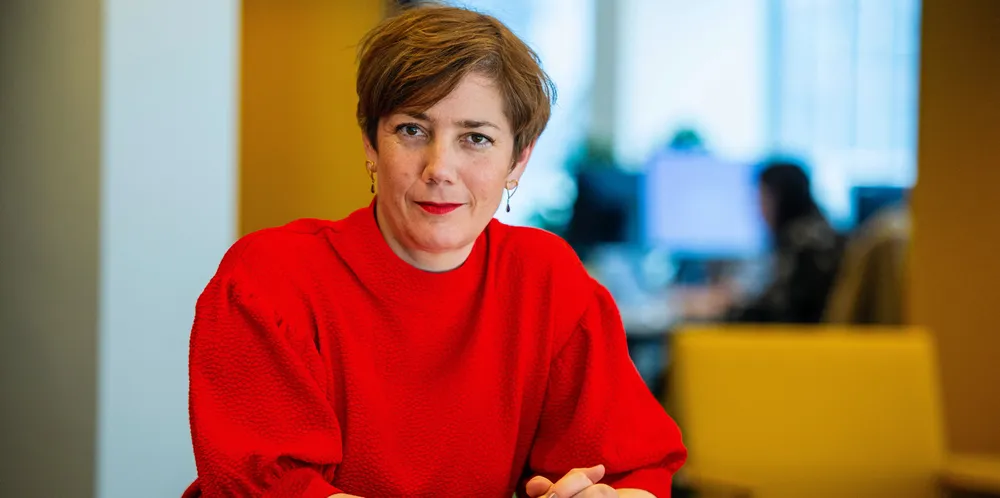Has the time come for wind and solar manufacturing subsidies in Europe?
Wind and solar manufacturers are demanding state aid to build new factories but the renewables industry needs to hurry up as other sectors have already secured many billions of euros from a limited pot of funds, writes Bernd Radowitz

Both the wind and solar manufacturing sectors in Europe are in trouble. And both are increasingly calling for subsidies for building new factories, or even an entire supply chain.
With the exception of the pandemic period, financial support for production would be in stark contrast to EU policies in recent years that were characterised by rather restrictive state aid policies, a relatively hands-off approach to direct aid and a global free-trade mantra.
But now could be the time for the renewables industry to strongly push for support if it wants to stay afloat amid global disruptions and to meet stepped up green power targets across the continent.
Recent weeks have shown how fragile the industry is.
Lamenting a lack of ‘fair market conditions’ in Europe, Meyer Burger recently announced it will halt its expansion Germany and instead strengthen its strategic focus on the US market, where it expects a high-margin business thanks to billions in subsidies through the Inflation Reduction Act (IRA).
Meyer Burger is one of a handful of solar companies in which the industry had high hopes in its quest to rebuild a sizeable solar supply chain in Europe. The manufacturer may revisit its expansion plans in the EU if member states were to offer it substantial aid for the construction of new manufacturing lines.
Both potential competition from Chinese OEMs, who have been pushing into the European market for a while now, and better conditions in the US through the IRA, are leaving their mark in the wind industry as well.
“The first bottlenecks are painfully visible – in manufacturing capacities, foundations, vessels, cables and grids. Investing in the European wind value chain ticks all the boxes: wind energy is at the very core of every pressing EU policy priority - from climate protection and energy security to industrial competitiveness and jobs.”
While the EU’s Net-Zero Industrial Act is all about manufacturing and building new factories, national governments now need to max out on the new flexibility they have in the EU state aid rules to support these investments, Dickson added.
In solar, the sector is pushing for even more.
“We need a dedicated European solar manufacturing financing instrument. A Solar Bank, modelled on the Hydrogen Bank, that applies the same Contract for Difference and double-sided auctioning to European solar, could give European supply chain the jump start it needs.”
All this points to a need for the renewables industry to hurry up and intensify its lobbying with governments if it is to be successful in its quest for state aid.
Europe’s largest economy, Germany, which also is home to a sizeable number of wind and solar factories, has recently been pledging subsidies at an unprecedented scale to other industries.
US and Taiwanese chip makers Intel and TSMC have together been promised a breathtaking €15bn ($16.36bn) in subsidies for building new manufacturing sites in Germany. The state aid is likely to be approved by the European Commission, after the EU last month passed its Chips Act with the aim to produce at least 20% of the world’s semiconductors in Europe.
Funding for the chip factories is slated to come from Germany’s Climate and Transformation Fund, which is increasingly functioning like a shadow budget to boost the industries of the future.
Renewables fit 100% into that description, but the wind and solar industry must move quickly if they want to get their hands on the limited funds Berlin has to offer.
(Copyright)